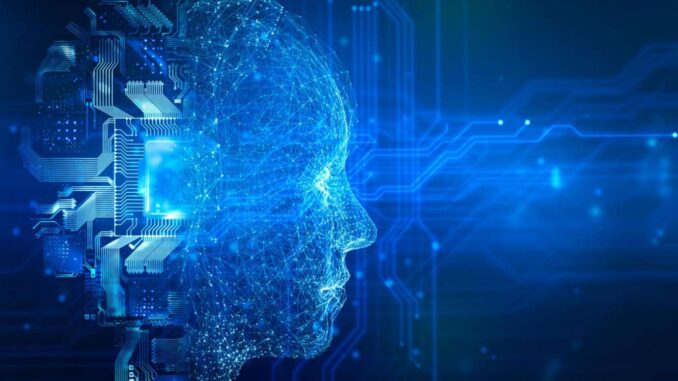
Artificial Narrow Intelligence (ANI), also known simply as narrow AI, refers to AI systems that are designed and trained to perform specific tasks.
Unlike Artificial General Intelligence (AGI), which would exhibit human-like cognitive abilities across a wide range of tasks, ANI specializes in one area and lacks the ability to understand or reason beyond its programmed capabilities.









### Characteristics of ANI:
1. **Task-Specific**: ANI systems excel at particular tasks, such as image recognition, natural language processing, or playing chess, but they cannot perform outside of their specialized domain.
2. **Limited Understanding**: ANI does not possess understanding or consciousness. It processes inputs and generates outputs based on patterns in the data it has been trained on, without comprehension of the tasks in a broader context.
3. **Data-Driven**: Most ANI applications rely heavily on large datasets to learn and improve their performance. They use algorithms, such as machine learning, to identify patterns and make predictions.
4. **No Self-Awareness**: ANI lacks self-awareness, emotions, or intentions. It doesn’t have beliefs or desires and operates purely on programmed instructions and learned data patterns.
### Examples of ANI:
– **Virtual Assistants**: Siri, Alexa, and Google Assistant can perform specific tasks like setting reminders, answering questions, or controlling smart home devices.
– **Recommendation Systems**: Netflix and Amazon’s recommendation engines suggest content or products based on user preferences and behavior.
– **Image Recognition**: Systems used in facial recognition, medical imaging analysis, or autonomous vehicles that can identify objects or classify images.
– **Game AI**: AI opponents in video games that can compete against human players using strategies specific to the game’s mechanics.
### Importance of ANI:
ANI technologies have made significant impacts in various fields, enhancing automation, efficiency, and accuracy in tasks that require data processing. They are widely used across industries, including healthcare, finance, marketing, and transportation.
While ANI represents the current state of AI technology, researchers continue to explore pathways toward developing AGI, which would require AI systems to reason, learn, and adapt across diverse domains much like humans do.

Leave a Reply